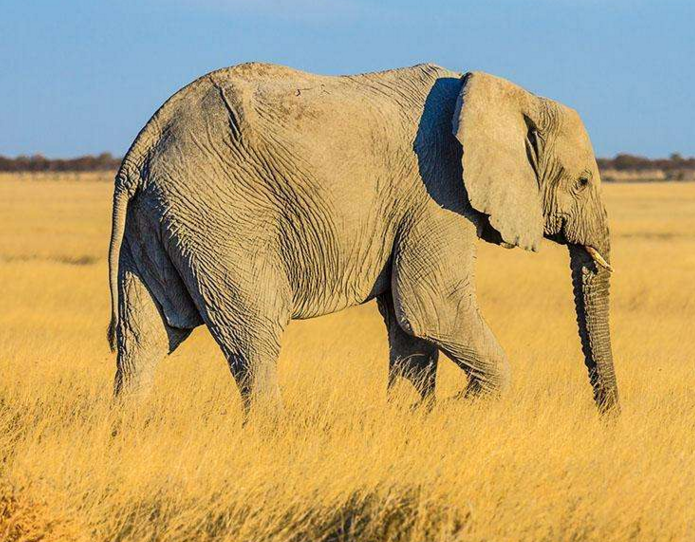(单词翻译:单击)
听力文本
Deserts are created by the lack of water
沙漠的形成是因为缺少水
but what actually kills animals here is not heat or thirst, but lack of food.
可是这里杀死动物的真正原因并非炎热和缺水,而是缺少食物。
So how on earth does a plant-eater this size survive in a place apparently totally devoid of vegetation?
那么在地球上,如此巨大的植食动物是如何在这个寸草不生的地方生存的呢
Elephants in Namibia are the toughest in Africa. And they need to be.
纳米比亚的大象是非洲最能吃苦的动物。它们必须如此。

What little food exists is so dispersed that these elephants walk up to 50 miles a day
仅有的少量食物也非常分散,所以这些大象每天得走上50英里,
as they travel up the dry river channels searching for something to eat.
沿着干涸的河床搜寻一些可以吃的东西
At times, the task looks truly hopeless.
有时这个愿望看起来根本不可能实现
Elephants may seem out of place in this landscape, but they're not the only ones.
大象似乎不属于有这种地形的地方,但它们并非唯一意外的物种。
视频及简介
陆地的表面大约30%部分是沙漠,这些地区虽然严重缺水,生态系统却异常的多样。揭开沙漠地区的生存秘密,体验这种动态系统中短暂的自然本性。


